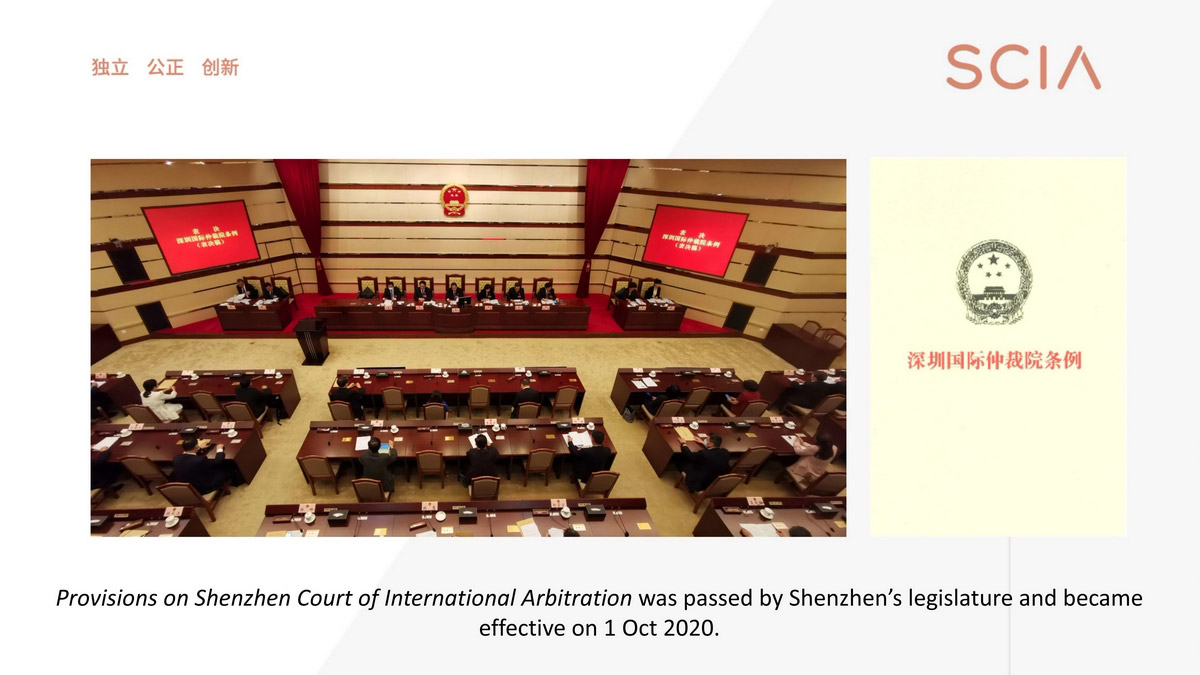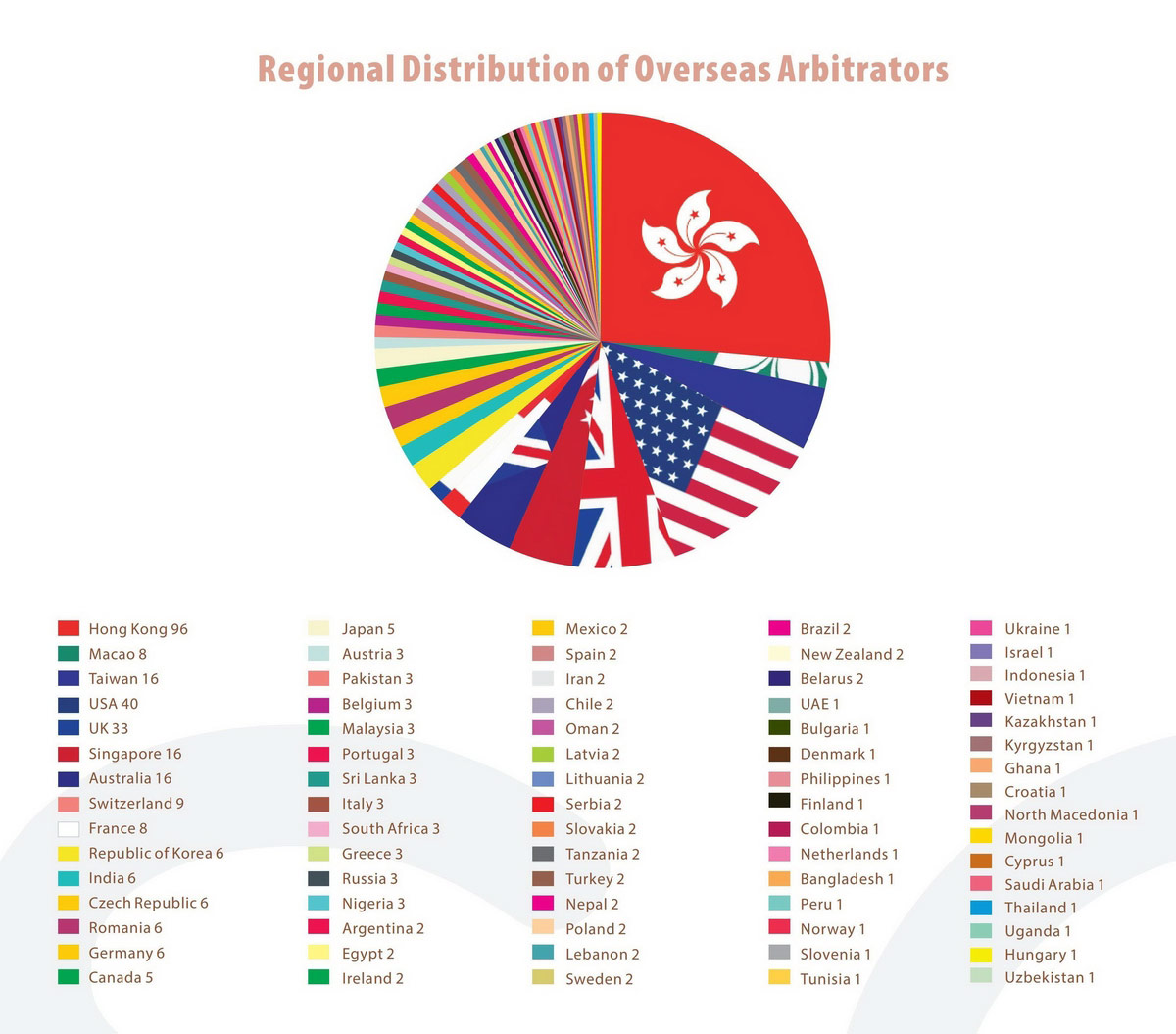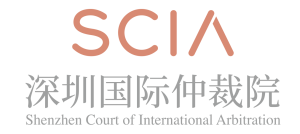
On 26 August, 2020, the Standing Committee of the Sixth People’s Congress of Shenzhen Municipality reviewed and approved The Provisions on the Shenzhen Court of International Arbitration, which came into force on 1 October, 2020. This made the Shenzhen Court of International Arbitration (SCIA) the first arbitration institution in China to be regulated by legislation approved by the local people’s congress.
As the first arbitration institution in the world to implement the statutory body governance mechanism, the SCIA has carried out the statutory body reform since 2012 and established a Council-centered corporate governance structure, with an international Council standing as the decision body of the SCIA The Provisions is intended to continuously promote institutional innovation under the framework of the Arbitration Law of the People’s Republic of China, and is also an important measure taken by the SCIA to build an independent, impartial and innovative international arbitration institution.
The Provisions are divided into seven chapters. These include the General Provisions, the Council, the Executive Body, Rules and Panels, Management of Finance and Human Resources, Supervision Mechanism and Supplementary Provisions and comprise 37 articles in total. Major contents and institutional innovations include:

1. Establishing a long-term corporate governance system: the SCIA will adopt a council-based corporate governance system to achieve organic unity of decision-making, execution and supervision. This will eliminate the parties’ doubts about local protection, administrative intervention and insider control of the arbitration institution and other aspects.
2. Promoting the structure of the Council and arbitrators in line with international standards: at least one third of the Council members or the arbitrators engaged by the SCIA in the panels of arbitrators shall be from Hong Kong SAR, Macao SAR or other overseas jurisdictions, which is an important innovation to achieve international standards on the basis of the Arbitration Law.
3. Strengthening the management of the executive body, finance and human resources: it contains comprehensive rules on establishing executive body, personnel composition and formation methods, duly developing a financial and asset management system appropriate for a statutory body, adopting a market-driven staffing system, engaging with domestic and international professionals, etc., which fill in the blanks on the management of arbitral institutions in the Arbitration Law.
4. Improving diversified dispute resolution mechanisms: the SCIA may resolve disputes through arbitration, mediation, negotiation facilitation, expert review, etc., providing room for reform in exploring alternative dispute resolution methods and innovative rules.
5. Establishing and improving the supervision system: it establishes the internal and external supervision mechanism of the SCIA in terms of judicial review, supervision by the executive bodies under the Council, supervision by the special committees of the Council, supervision on finance and auditing, social supervision, etc., to ensure the independence and impartiality of arbitration work.
6. Exploring E-Arbitration: the SCIA shall pursue smart arbitration by fully utilizing the internet, Big Data, artificial intelligence and other information technologies to provide efficient and convenient dispute resolution services to the parties, which provide institutional guarantees for exploring information technologies and strengthening the application of internet technologies.
Interpretation of Key Articles of the Provisions
(I) Establish a long-term corporate governance system
According to the Arbitration Law and international practice, the jurisdiction of commercial arbitration institutions comes from parties’ agreement to submit the dispute to arbitration. The neutrality, impartiality and credibility of the arbitration institution are of key importance to parties. This requires that arbitration institutions shall have supervision mechanisms to prevent “insider control” or “self-seeking.” The Provisions stipulate that “the SCIA adopts a council-based corporate governance system to achieve organic unity of decision-making, execution and supervision,” through improving the corporate governance structure to achieve self-discipline and self-development, the SCIA is prevented from local protection, administrative intervention and insider control. (see Article 3 of the Provisions)
(II) Promote the structure of the Council and Arbitrators in line with international standards
The Provisions also include that the SCIA shall establish a Council as its decision-making body. The Council should also consist of 11-15 members, including one chairperson and 2-4 vice chairpersons. The Council members shall be selected from renowned domestic and international professionals in the legal, business and other relevant sectors. At least one-third of the Council members shall be from Hong Kong SAR, Macao SAR or other overseas jurisdictions. The SCIA shall set up panels of arbitrators and engage decent and qualified professionals as arbitrators, of which no less than one-third shall be from Hong Kong SAR, Macao SAR or other overseas jurisdictions.
These are significant breakthroughs under the Arbitration Law in line with international standards. Introducing international professionals in the legal, business and other relevant sectors to participate in the governance of the SCIA and arbitration services is an important step on the SCIA’s path of international development and institutional reform. The Provisions also provide for the engagement for the Council members, duties of the Council, duties of the chairperson of the Council, manners for convening Council meetings, articles of association of the Council, special committees of the Council and other aspects. (see Chapter II, Article 21 of Chapter IV of the Provisions)
(III) Strengthen the management of the executive body, finance and human resources
The Arbitration Law has no provisions on the composition of the executive body’s personnel nor the financial operation system of the arbitration institution, etc. To fill this gap, the Provisions make pioneering exploration based on practical experience. For example:

1. The Executive Body. It is provided in the Provisions that “The SCIA shall have one president and one or more vice presidents and may set up such internal bodies and branches as necessary. The president is the legal representative of the SCIA and shall be accountable to the Council and supervised by the Council. The vice president(s) shall assist the president in his/her work. […] The president shall be nominated by the Council and the vice president(s) by the president, each to be appointed by the Municipal Government according to applicable administrative authority and procedures. The president shall be nominated from the Council members.” In addition, the Provisions also specify the duties to be performed by the president. The formulation of a series of systems provides important legal protection for the improvement of the internal management system and the building of a professional management service team. (see Articles 16, 17 and 18 of the Provisions)
2. Financial and Human Resources Management. The Provisions provide that the SCIA “shall duly develop a financial and asset management system appropriate for a statutory body. […] The SCIA shall adopt an internationally competitive, market-driven staffing system, and may set up positions as necessary and engage domestic and international professionals to establish a specialized management and service team for dispute resolution.” The Provisions also specify the funding sources, employment mechanism, fees and remuneration rules. These measures help to optimize the management system and the building of a team at the SCIA to better support the further improvement of the arbitration service. (see Article 27, Article 28, Article 29 and Article 30 of the Provisions)
(IV) Improve Diversified Dispute Resolution Mechanisms
The Provisions incorporate the diversified dispute resolution methods that the SCIA has actively explored in recent years and provides further room for reform in the ADR mechanisms and rules.
The Provisions provide that the SCIA “may resolve contractual disputes and other disputes concerning property rights and interests between domestic and international individuals, legal entities, and other organizations through arbitration, mediation, negotiation facilitation, expert review or by such other means that organically connects with arbitration as agreed upon or requested by the parties. […] The SCIA shall, in accordance with applicable national laws and regulations and the Provisions, formulate the rules for arbitration, mediation, negotiation facilitation, expert review and other forms of dispute resolution by reference to the modern rules of international arbitration and according to the basic principles of respecting the party autonomy and ensuring the independence of arbitration.” The Provisions also provide that the SCIA shall proactively explore arbitration mechanisms that help resolve international investment disputes, which is also mentioned in the SCIA Arbitration Rules Article 3: “The SCIA accepts arbitration cases related to investment disputes between states and nationals of other states.” (see Articles 5 and 19 of the Provisions)
(V) Establish and improve the supervision system
An effective check and balance supervision mechanism is the basis for arbitration institutions to handle disputes in an independent, fair and impartial manner. Chapter VI of the Provisions establishes the internal and external supervision mechanism of the SCIA in terms of judicial review, supervision by the executive bodies under the Council, supervision by the special committees of the Council, supervision on finance and auditing, social supervision, etc.
On one hand, the Council supervises the execution of decisions made by the executive body, reviews and approves the annual work report, and evaluates the performance of the executive body. The Arbitrators Qualification and Ethics Examination Committee and the Financial Supervision and Remuneration Assessment Committee both belong to the Council and supervise the engagement and performance of arbitrators as well as the financial work of the SCIA respectively.
On the other hand, the SCIA shall accept financial and auditing supervision in accordance with the law. Through the above supervision mechanism, the independence and impartiality of arbitration work will be ensured. (see Chapter VI of the Provisions)
(VI) Explore E-Arbitration
E-arbitration or smart arbitration is an important direction for arbitration development. To enhance the application of information technology in arbitration, the Provisions provide that the SCIA “shall pursue smart arbitration by fully utilizing the internet, Big Data, artificial intelligence and other information technologies to provide efficient and convenient dispute resolution services to the parties.” These provide a legal guarantee for the SCIA to explore information technology and make more efforts in internet technology application. (see Article 7 of the Provisions)

About SCIA
Established in 1983 as the first arbitration institution in the Guangdong-Hong Kong-Macao Greater Bay Area, the Shenzhen Court of International Arbitration is an arbitration institution to resolve contract disputes, investment disputes and other property rights disputes among individuals, legal entities and other institutions from China and overseas.
SCIA Website: www.scia.com.cn
Email: info@scia.com.cn
Tel: 86 755 83501700



















